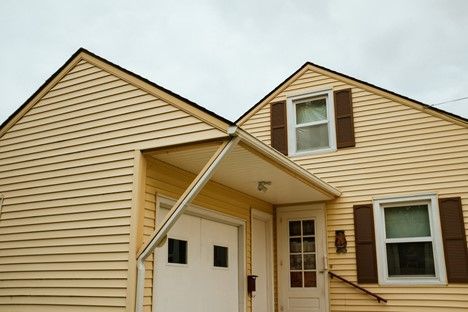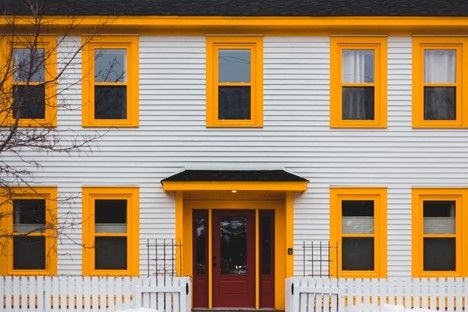
Keeping Your Siding in Shape
Most homeowners know that a roof replacement can be accomplished almost any time of year—especially if your roof has been damaged by hail or other weather factors and it’s no longer safe to live in your home. Though temperature does have an effect on your roof, most professional roofing companies can still repair or replace it during all four seasons.
When it comes to your siding, though, some seasons are not ideal for a replacement. Do you need to replace the siding on your home in the near future? Here’s what you need to know about timing.
Hot Weather and Siding
Vinyl siding, which the most versatile and common type of siding used in the Midwest, is affected by the sun. Vinyl is made of plastic and plastic can melt if it’s exposed to high temps. Even if the sun is not hot enough to melt your vinyl siding, it can still cause it to expand and stretch. If siding is installed when it’s either at its shortest (in the winter) or longest (in the summer), it may not fit properly throughout the year.
Cold Weather and Siding
When temperature drop below 50 degrees, the panels on vinyl siding contract. If they are contracted, they can be nailed on to your home too tightly and cause major problems when the panels expand when the weather warms up.
In addition to shrinking vinyl, cold temps also make vinyl more brittle. When panels are nailed onto a home when it’s too cold out, they could break apart or crack. This could increase both the time spent on your siding installation as well as the cost.

Moisture and Siding
Springtime seems a natural choice for installing siding because it’s neither too hot nor too cold. However, spring is also the season that typically has the most moisture. If a rainstorm occurs while your contractor is in the middle of siding your home, the sheathing and walls will be exposed and could start to form mold. It could also delay your project by days or weeks if too much rain falls while your home is undergoing the vinyl installation process.
The Ideal Season for Siding Installation
There are several reasons why fall is the perfect time to install vinyl siding. First, a lot of siding material goes on sale because contractors are getting new winter inventory and must make room for their older products. Many contractors are also less busy in the fall, meaning they have time to work on your project. Finally, fall tends to have moderate temperature without heavy rainfall so your project can be done without delays and without the complications of extreme heat or cold. Of course, having your siding project completed before winter is also a plus as you’ll benefit from the added insulation. Though it is possible to have your home re-sided in any season depending on the weather, fall is usually the best time to shoot for. Start planning now for your fall siding insulation so you and your contractor can properly prepare. Want to know your options when it comes to new siding? Reach out to our team for information.

